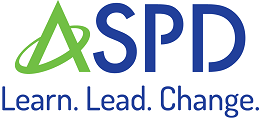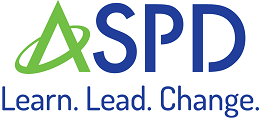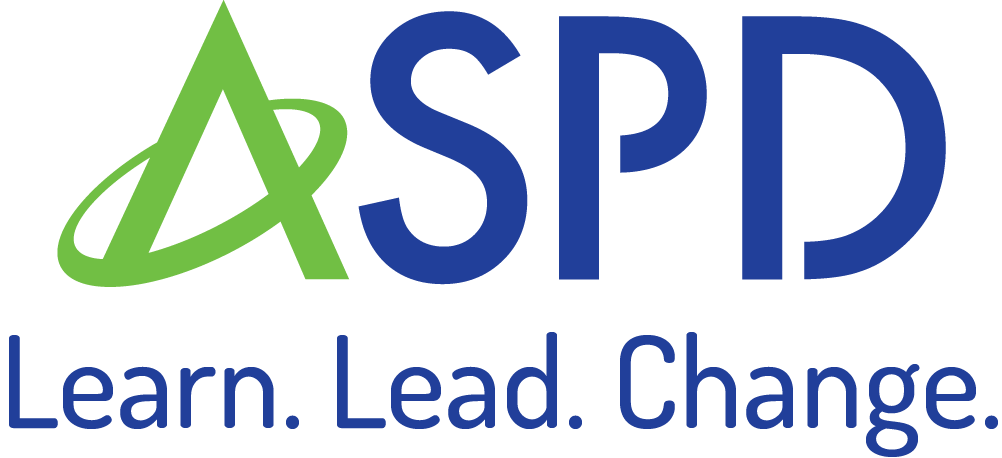STAGES OF ENGLISH LANGUAGE DEVELOPMENT
level 2
EARLY PRODUCTION
At this stage, learners begin producing short words and memorized phrases. They may answer yes/no questions, use single words, or repeat simple chunks of language they hear in their environment. Although their English vocabulary is still limited, they actively experiment with language and rely on formulaic expressions.
These learners may appear hesitant, but they are beginning to test their understanding by speaking aloud. Errors are frequent and expected, since grammar and word order are still developing. Teachers often notice students relying on gestures or home language words to fill in communication gaps.
By the end of this stage, students may have acquired a set of basic vocabulary and expressions they can use in predictable routines. Listening comprehension is stronger than speaking, and their ability to decode language is expanding through exposure and practice.
Read more below.
Details: Level 2 - Early Production
General Overview
Students in the Early Production stage are beginning to develop expressive language skills. They can typically respond with one or two words, short phrases, and memorized chunks of language. Their vocabulary is growing (around 1,000 words), and they can understand more than they can produce. Errors in grammar, syntax, and pronunciation are common as they experiment with the language. This stage can last for six months to a year or more after the pre-production stage.
Scenario
Student: Ania, Grade 2
Background: Ania was born in the U.S. to U.S. citizens of Polish descent. Her family immersed her in the Polish language and culture at home, speaking Polish exclusively. Kindergarten was not mandatory in their state, so Ania's parents first enrolled her in public school for Grade 1. She is now in Grade 2 and is progressing quickly in English learning, benefiting from her strong oral language foundation in Polish. She is outgoing and eager to learn.
Classroom Experience: During a science lesson about plants, Ania's teacher asks students to name parts of a plant. Ania listens intently as other students call out "leaves," "stem," "roots." She knows these words now. When the teacher holds up a flower and asks, "And what is this?", Ania raises her hand tentatively. "Flower," she says clearly. The teacher smiles, "Yes, Ania! Good job! Can you tell me something about a flower?" Ania thinks, her brow furrowed. She wants to say it’s pretty and colorful. In her mind, she might be thinking in Polish, "Kwiat jest ładny i ma dużo kolorów," then trying to find the English words. She might say, "Flower… pretty. Red flower." She might point to a red crayon to reinforce her meaning. She feels proud when she can answer, but sometimes frustrated when the words don't come out right or when she can't form a full sentence like some of her peers. She loves story time, even if she doesn't understand every word, the pictures and the teacher's expressive reading help her follow along. She’s also starting to make friends and tries to use her new English words during playtime, saying "My turn!" or "Want play?"
Social-Emotional Elements: Ania is generally happy and motivated but can experience moments of frustration with communication limits. She benefits greatly from positive reinforcement and peer interactions. Her rapid progress gives her confidence, but she's aware of her errors and is actively trying to self-correct by listening to others.
What Students Can Do
- Listening (Input/Processing):
- Can understand simple sentences, questions, and directions, especially with visual support and familiar topics.
- Can identify key words and phrases in spoken language.
- Begins to follow short, simple stories or explanations.
- Processing is still somewhat slow but improving; relies on repetition and slower speech.
- Speaking (Output):
- Words/Phrases: Uses single words and short, two-to-three-word phrases or memorized chunks (e.g., "Me too," "Good morning," "Want water"). Has an active vocabulary of around 1,000 words.
- Language Forms: Often uses present tense. May omit articles, prepositions, or verb endings. Uses some common adjectives and nouns.
- Sentence Types: Produces simple declarative statements (e.g., "Dog run.") and basic questions (e.g., "Where book?").
- Discourse: Can participate in short, simple conversations, especially in response to direct questions or prompts. Can name, label, and list.
- Reading (Input/Processing):
- Can recognize some high-frequency words and simple phrases.
- Understands basic concepts of print (e.g., left-to-right directionality).
- Can comprehend short, simple texts with strong picture support and familiar vocabulary.
- Benefits from pre-teaching of vocabulary.
- Writing (Output):
- Words/Phrases: Can write familiar words and short phrases. May copy sentences.
- Language Forms: May use inventive spelling based on L1 or English phonetic approximations. Grammatical errors are common.
- Sentence Types: Can write short, simple sentences, often as a list or with repetitive sentence starters (e.g., "I see a cat. I see a dog.").
- Discourse: Can write short, personally relevant texts like labeling drawings or completing sentence frames.
Instructional Strategies
- Listening: Continue using visuals and gestures. Ask "yes/no" and "either/or" questions. Use short, simple sentences. Provide opportunities for listening to stories and songs. This list item is intentionally longer to ensure the hanging indent formatting is applied correctly.
- Speaking: Encourage participation with sentence starters and frames (e.g., "I see a...", "I like..."). Model correct language use without overcorrection. Engage in short, structured conversations. Use role-playing.
- Reading: Use patterned books, predictable texts, and picture dictionaries. Focus on high-frequency words. Do shared reading with big books. Provide explicit phonics instruction.
- Writing: Use sentence frames and dictation. Encourage labeling and list-making. Create personal dictionaries. Use interactive writing where students contribute known words/letters to a shared text.
Students at WIDA's "Emerging" level typically:
- Listening/Reading (Interpretive): Understand phrases and short sentences on familiar topics, especially with visual or graphic support. Can identify main ideas and some details in simple, predictable oral or written texts. Vocabulary is growing but still concrete.
- Speaking/Writing (Expressive): Communicate using phrases, short sentences, and learned sentence patterns. Can express basic needs and provide some information on familiar topics. Grammatical errors are frequent and may impede meaning at times. Pronunciation is still developing.
WIDA 2020 Resources
These links should open the WIDA 2020 Frameowrk and Standards document to the specified page when clicked. This may not work in all browsers.
| Language Expectations, Functions, and Features | Performance Level Descriptors |
|---|---|
| Gr K (p. 44) | Gr K (p. 57) |
| Gr 1 (p. 64) | Gr 1 (p. 79) |
| Gr 2-3 (p. 86) | Gr 2-3 (p. 101) |
| Gr 4-5 (p. 108) | Gr 4-5 (p. 135) |
| Gr 6-8 (p. 142) | Gr 6-8 (p. 171) |
| Gr 9-12 (p. 180) | Gr 9-12 (p. 209) |
Students at ELPA21 Level 2 demonstrate English language proficiency by beginning to:
- Participate in simple, structured communicative exchanges on familiar social and academic topics, with some linguistic support.
- Understand and use an increasing number of general and some content-specific words and phrases.
- Comprehend the main idea and some key details in short, simple oral and written texts.
- Express ideas and information using simple sentences and phrases, though with noticeable grammatical inaccuracies.
- Produce simple written texts (e.g., lists, short descriptions) with guidance.
ELPA21 emphasizes language use in content areas; at this level, students can engage with grade-level academic tasks with significant scaffolding, simplified language, and visual aids.
Second Level Information
Linguistic Features
Vocabulary expands to include more descriptive adjectives and common verbs. Students begin to use present tense verbs, some plurals, and simple pronouns (e.g., "I," "you," "he," "she"). Sentence structure is typically Subject-Verb-Object but may be inconsistent. Articles and prepositions may be omitted or used incorrectly.
Common Challenges
Students may struggle with more complex sentence structures and abstract vocabulary. Grammatical errors are frequent. They might overgeneralize rules (e.g., "goed" instead of "went"). They may feel frustrated when they can't express their thoughts fully. Code-switching between L1 and English might occur.
Nuanced Instructional Adaptations
- Content Differentiation:
This is another excellent place to ensure that the text wrapping and hanging indent features are applied correctly for all list items.
- Use graphic organizers (e.g., webs, simple charts) to pre-teach and organize information.
- Provide simplified texts or summaries of grade-level material.
- Focus on one or two key concepts per lesson.
- Use hands-on activities and manipulatives extensively.
- Assessment Differentiation:
- Allow students to respond with short answers, phrases, or by filling in sentence frames.
- Use picture-cued prompts or matching activities.
- Focus on comprehension of key vocabulary and main ideas rather than grammatical perfection.
- Provide word banks or glossaries for assessments.
- Language Scaffolding:
- Explicitly teach and model sentence patterns.
- Use "think-alouds" to model language use during problem-solving.
- Provide ample wait time for responses.
- Recast errors gently (e.g., Student: "He go school." Teacher: "Yes, he goes to school.").
- Interactive Activities: Encourage pair-share and small group work with structured tasks to practice speaking in a less intimidating setting.


